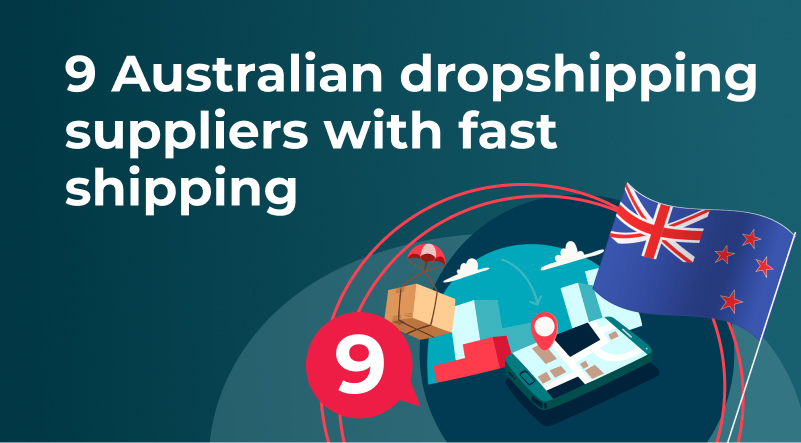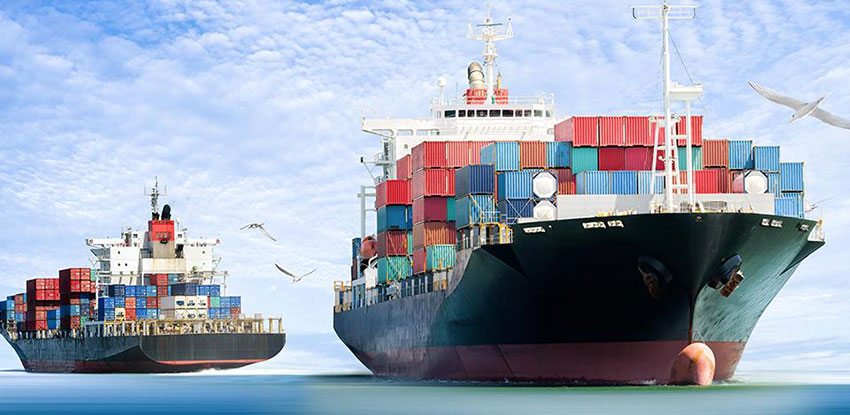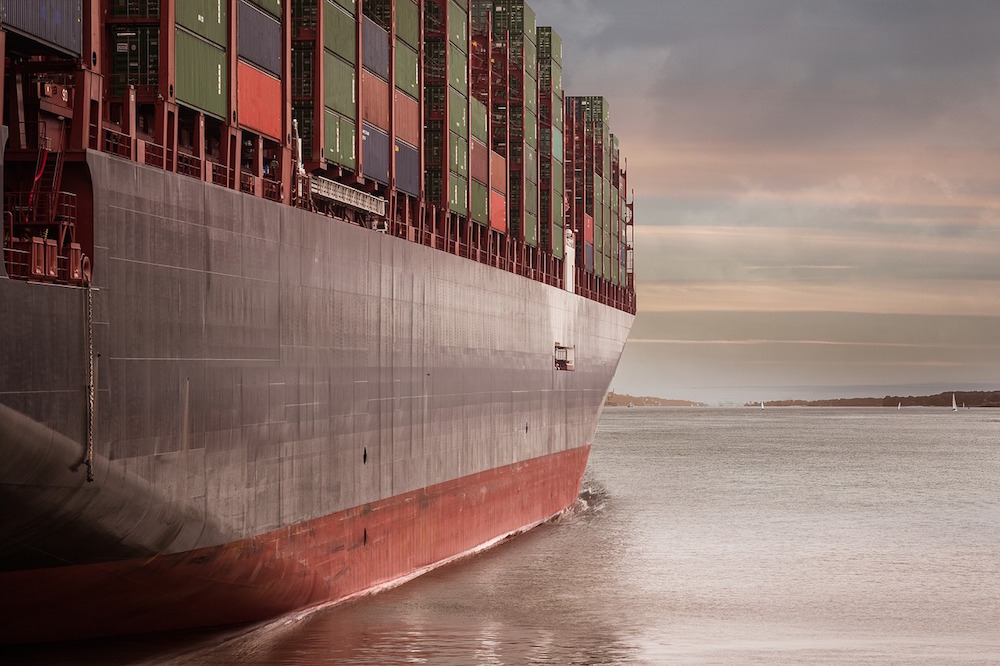Shipping to Australia: Your Ultimate Guide
Feeling lost in the world of international shipping? Don't worry, we've got you covered.
What you need to know about sending and receiving goods in Australia, step-by-step. (This article has answers)
Understanding Australian Shipping Regulations
What are Australia's rules for importing and exporting goods?
- Different rules for different goods.
- Certain goods need licenses or permits.
- Check customs requirements. (They change.)
- Australian customs website is helpful, check it for specific rules. (Lots of documents there)
- Knowing the type of product is essential. (Heavy, delicate items need careful handling).
- Value-added tax (VAT) varies based on your imports and exports.
- Rules change quickly. Stay updated regularly!
Important Aspects of Shipping Costs
- Packaging for the long journey to Australia is crucial.
- Cost depends on item weight and size.
- Consider insurance. Protect your valuables. (Accident protection is great!).
- Many shipping carriers, choosing the best is key. (Ask your supplier if they handle export shipments to AU).
The Role of Courier Services in Australian Shipping
- Courier services are everywhere in Australia.
- Courier services will transport your package in specific ways, handling, transport methods.
- International couriers deliver shipments swiftly across the world, handling various needs.
Different Shipping Methods for Australia

Source: twimg.com
- Air freight (speedy but costly), the fastest delivery way.
- Sea freight (budget-friendly but slow). Best for non-urgent packages.
- Shipping times vary depending on the distance, origin, and method of shipping (speed of transport matters, right?).
- Which method to choose depends on your shipping budget and timeline.
Calculating Shipping Costs for Australia

Source: bansarchina.com
- Item size (important to include dimensions in your calculation).
- Distance from your location to Australia's specific address.
- Chosen method of shipping: whether air, sea or land or road. (This affects costs greatly).
- Volume of shipment and weight play huge roles in shipping.
- Don't underestimate shipping charges. They might add up.
Tips to Expedite the Shipping Process
- Provide accurate address details (street numbers are super crucial, make it detailed.)
- Inform sender about customs requirements beforehand. (You know you need it.).
- Insure your package properly, ensure it's insured (insurance is vital to your needs.)
- Stay informed. Get shipping updates along the way.
- Contact carrier services with questions; the more you clarify details upfront, the less stress along the way. (Questions make it all easier for everyone, and your time is important).
- Package safely; proper packing helps your product in travel.

Source: zikanalytics.com
Keeping Track of Your Shipment
- Use tracking numbers for shipment details and information, important data for timely updates.
- Keep track of shipping with special tracking number updates. (This way, it will keep you updated about everything).

Source: com.au
Avoiding Common Shipping Issues
- Incorrect addresses are extremely common shipping errors.
- Packaging damage happens, sometimes you need stronger packaging!
- Shipping delays, check with couriers and do better preparation beforehand. (There will be problems with transport.)
- Wrong documentation can slow down the whole process. Double check documentation for any missteps!
- Unclear instructions can be avoided if you carefully state all details, providing exact guidelines in order to avoid future confusion
Preparing Packages for Australia
The right materials will ensure a smooth journey to the Land Down Under!
- Make a clear product list within your package for easy documentation and recognition for customs checks and clarity about goods included. (Write on label with precise list for faster check-ins.)
- Use proper padding; protect your fragile items. Bubble wrap and cartons are amazing.
- Include all necessary documents in your package; this includes your own company paperwork to help track your product from start to finish and protect your products from the moment they leave your location. (Having them with your item ensures smoother travels.).
- Double check dimensions to prevent unexpected shipping costs from taking your funds. (Dimension consistency with your product will also keep shipping accurate to ensure the items can ship according to specifications).
- Appropriate labelling; labels should mention required information.
Delivery to Various Destinations in Australia
- Large cities in Australia get deliveries faster.
- Shipping to remote locations often takes longer, especially by sea.
- Consider delivery time variations across states and cities.
- You must adjust shipment accordingly based on local customs or potential additional fees, ensure your time frame is acceptable (check costs).
Australian Customs and Regulations
- The import duties and customs regulations should always be confirmed ahead. (Specific paperwork with the authorities or suppliers will determine required papers.).
- Avoid misunderstandings: ensure all products meet import regulations before starting shipping process. (Always confirm you have right products and regulations beforehand).
- Follow necessary customs and paperwork procedures exactly and accurately; a good checklist for verification.
- Understanding how tariffs and duties impact the total cost, these might cost extra or make your process faster or longer.
- Seek advice from experts for proper shipment paperwork.
- Check Australian tax regulations; any relevant duties can make the shipping more complex if you have high-cost products.

Source: com.au
Conclusion: A Smooth Australian Shipping Journey Awaits
Shipping internationally isn't intimidating. Take careful planning, review our guide. Always carefully document and plan your transport carefully and clearly. Choose the most appropriate shipping solution for your needs. Consider factors of time, budget and special concerns related to particular product (size, value, contents) and make your shipping journey efficient and worthwhile.



